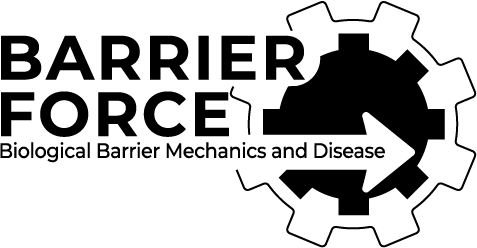Lymphangiogenesis requires Ang2/Tie/PI3K signaling for VEGFR3 cell-surface expression
Korhonen, Emilia A.; Murtomäki, Aino; Jha, Sawan Kumar; Anisimov, Andrey; Pink, Anne; Zhang, Yan; Stritt, Simon; Liaqat, Inam; Stanczuk, Lukas; Alderfer, Laura; Sun, Zhiliang; Kapiainen, Emmi; Singh, Abhishek; Sultan, Ibrahim; Lantta, Anni; Leppänen, Veli Matti; Eklund, Lauri; He, Yulong; Augustin, Hellmut G.; Vaahtomeri, Kari
J Clin Invest. 2022
Abstract
Vascular endothelial growth factor C (VEGF-C) induces lymphangiogenesis via VEGF receptor 3 (VEGFR3), which is encoded by the most frequently mutated gene in human primary lymphedema. Angiopoietins (Angs) and their Tie receptors regulate lymphatic vessel development, and mutations of the ANGPT2 gene were recently found in human primary lymphedema. However, the mechanistic basis of Ang2 activity in lymphangiogenesis is not fully understood. Here, we used gene deletion, blocking Abs, transgene induction, and gene transfer to study how Ang2, its Tie2 receptor, and Tie1 regulate lymphatic vessels. We discovered that VEGF-C-induced Ang2 secretion from lymphatic endothelial cells (LECs) was involved in full Akt activation downstream of phosphoinositide 3 kinase (PI3K). Neonatal deletion of genes encoding the Tie receptors or Ang2 in LECs, or administration of an Ang2-blocking Ab decreased VEGFR3 presentation on LECs and inhibited lymphangiogenesis. A similar effect was observed in LECs upon deletion of the PI3K catalytic p110α subunit or with small-molecule inhibition of a constitutively active PI3K located downstream of Ang2. Deletion of Tie receptors or blockade of Ang2 decreased VEGF-C-induced lymphangiogenesis also in adult mice. Our results reveal an important crosstalk between the VEGF-C and Ang signaling pathways and suggest new avenues for therapeutic manipulation of lymphangiogenesis by targeting Ang2/Tie/PI3K signaling.
PMID: 35763346 DOI: 10.1172/JCI155478
